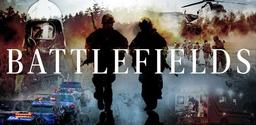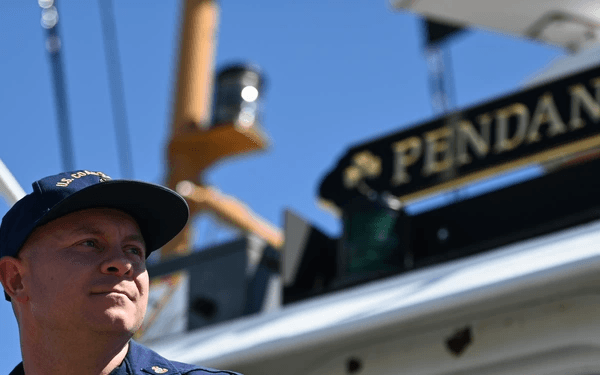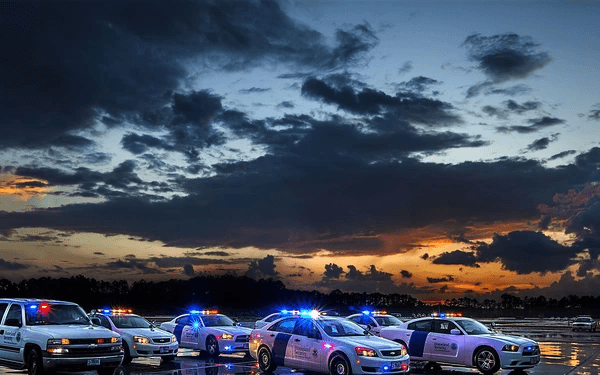EMAIL: Just because some damn fool wants to end his life doesn’t mean I am going to stand idly by and let them do it. If I have to shoot them with a 12 gauge bean bag to knock them back from a ledge then so be it. I may even shoot them a second time after they’re down and safe for good measure. I need to buy a case of those now that I think about it. —Why you do something is every bit as important as the how and the what. —K. Aud
2016 08 22 Monday
Saving lives is a primary role of the Coast Guard. Normally this conjures thoughts of gale force winds and mountains of water battering a ship at sea while a bright orange and white helicopter dangles a crazy person over its pitching decks in the dead of night (I have the utmost respect for our Aviation Survival Technicians but they are operating with one or two mental breakers tripped). We are called to go against better judgment and drive our boats into the storm knowing that the margin for success is slim to none … all because we heard a static-filled broken “MAYDAY! MAYDAY! MAYDAY!” in the dark.
It never occurred to me that the distress call I should be listening for might not come over a radio speaker. I never stopped to think that the storm we might be called to sail into might be someone’s personal life; that the garbled, static marred, cry for help might be them standing on the railing of a bridge. Everyone has been touched by death somehow, even if it was something as simple as a beloved pet. That is hard enough to deal with on its own. When that death is self-induced, the pain is so much worse.
Up until recently, I have always viewed suicide as the coward’s way out. The utmost selfish act a person could undertake. Mostly because of the damage it caused in the lives of loved ones. I’m not sure where along the line I developed such a visceral reaction, but it has been with me a long time. Having said that, I fully acknowledge that there are extenuating circumstances such as self-sacrifice to save another, death with dignity, DNR requests, and cultural norms outside of the traditional Abrahamic religions. Knowing this, I have still carried that negative bias for the past twenty-five years.






